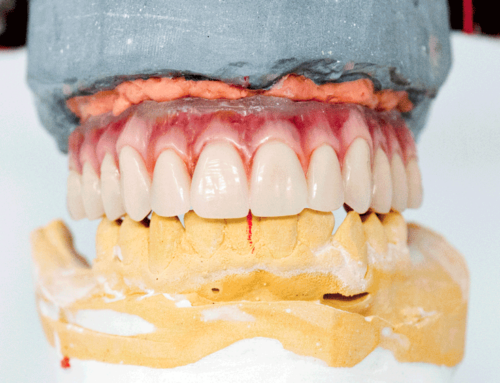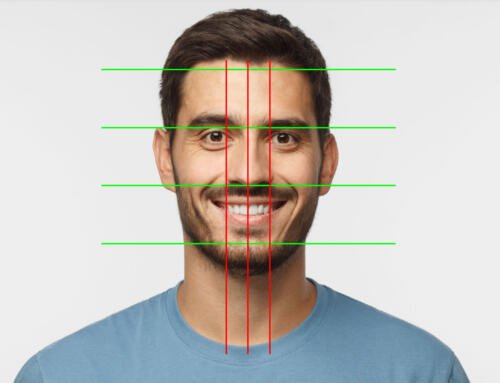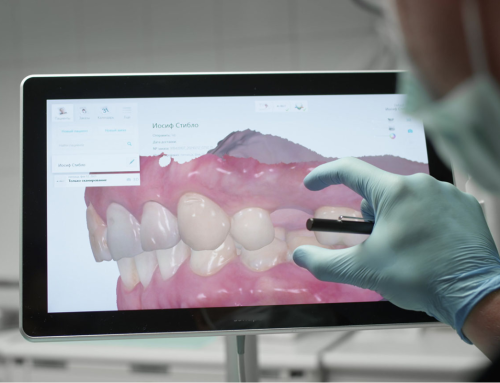I have just returned from a wonderful vacation with my extended family. At times there were as many as nineteen members of our family, five under the age of five, and two Scottish Terriers. This made me look at the role of a leader in a new way. Moms and dads assumed the role in their family unit (hopefully) but as the week progressed the group dynamics changed with interaction. Children sorted out into groups and leaders emerged, even the dogs learned who they had to respond to and who they could ignore.
So how does this relate to the team leader in the dental implant team? Basically, if the group does not appoint a leader one will emerge. It can be the best person to lead or it can be the one who leads because no one else will and that is usually the case in the dental implant team.
Many implant teams end up being lead by the implant surgeon, not because he wants the job but because he has had it gifted to him. The referring dentist sent him a patient who wants implants… and nothing else. He is now in charge with no clear directions on where to go. I can not count the number of times I have had telephone calls come into my laboratory from a dentist who said they had sent a patient for a consultation only to have the patient return to their office six months later implants in their mouth and saying that the surgeon had told them to go see their dentist and get their final restoration. The surgeon took the lead and now the GP in up in arms because they cannot restore the in a way that the patient can accept. Why does this happen so often? Because the surgeon was given the role of team leader, he didn’t ask for it, it was thrust on him by the dentist that is now calling me saying “What can I do?”
This question should have been before the patient ever saw a surgeon. That way the referring dentist can assume the role of team leader. It is a simple role and a role only the restorative dentist can properly assume. You don’t have to know how to place dental implants to lead a dental implant team but you do have to know the desired outcome to be able to place implants in position to achieve that outcome.
Becoming A Leader
Taking the lead does not require learning a new system – it only involves doing the things general practice dentists already do very well; planning a desired outcome.
Steps to planning:
- Know the patient’s desired outcome
- Create diagnostic casts
- Plan with a dental lab to do diagnostic wax-ups and create guides for pre-surgery consultations
- Send all of this information along with the patient when they make their first visit to the implant surgeon
You have now assumed the role of team leader and all members of the team will be pleased to follow. The right person is now in charge.








